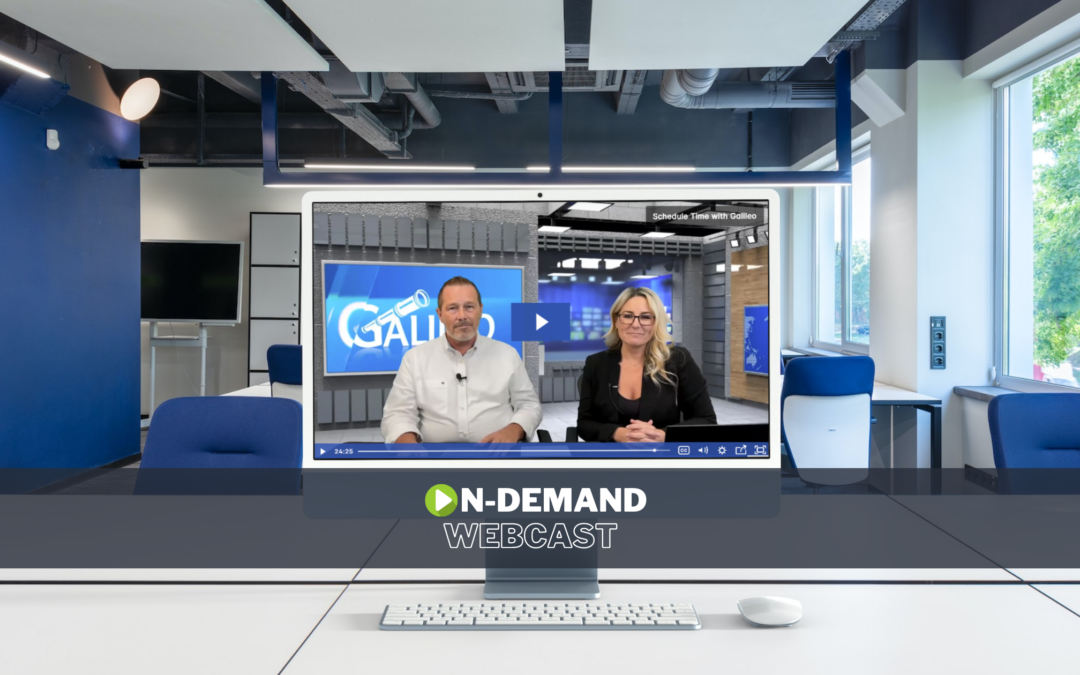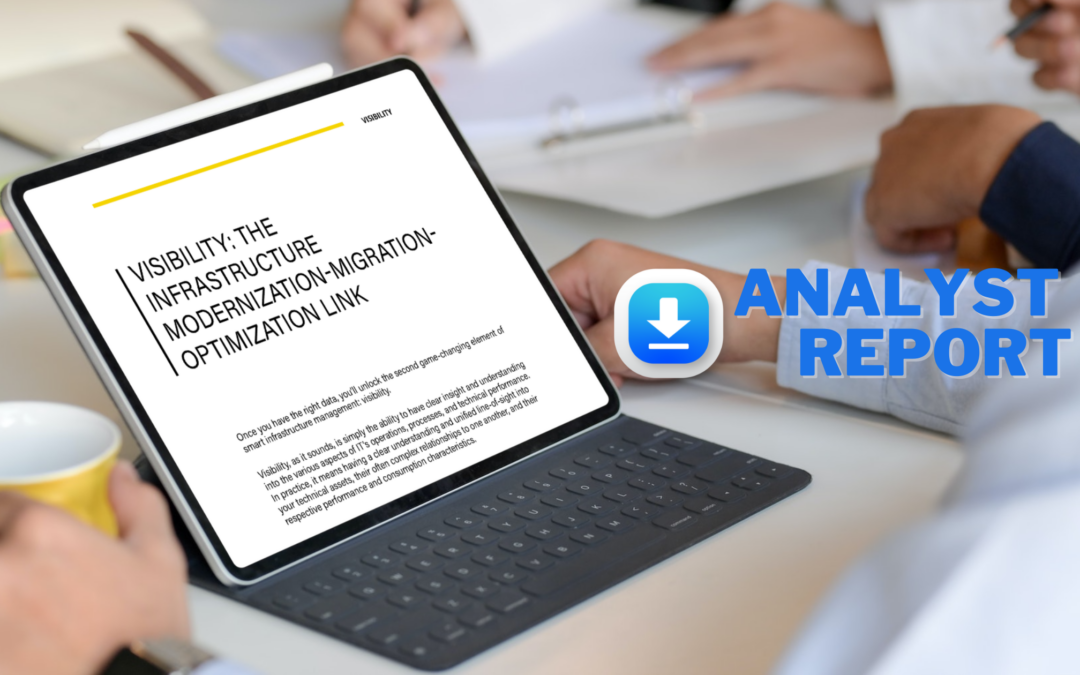Part 3 of Series: Solving Today’s Top 5 IT Performance Management Challenges
In most typical IT infrastructure environments, bigger is not always immediately better. While running undersized can hurt performance, running oversized can just as easily hurt expenditure. Carefully scaling infrastructure to need is always the most cost-effective. This disciplined approach requires accurate data—along with the analytics to support capacity planning, resource allocation, and future purchase decisions. In short, unused or underutilized resources are wasteful. At the same time, it is important to anticipate future needs.
The right solution will show you real numbers that prove how well you are running. This is not just a matter of telling you when you need more. A system that returns accurate percentages—including capacity data from different corners of your environment—can help you reallocate resources and perhaps even downsize your hardware footprint where possible. At the same time, predictive analytics help you anticipate future needs that may stress or even exhaust your current resources. It is also very helpful to be able to enter hypothetical parameters to see how a data center will react to a set of certain circumstances in the near or long-term future. This allows you to predict the impact of future sizing decisions. It is also useful to note recurring alerts coming from a certain area of a data center. These can help you determine where you will likely need to expand or upgrade in the near future.
Download the Solution Guide, “Solving Today’s Top 5 IT Performance Management Challenges” with insights by Mike Matchett, senior analyst for Taneja Group and Tim Conley & Chris Churchey, co-founders of Galileo Performance Explorer.



